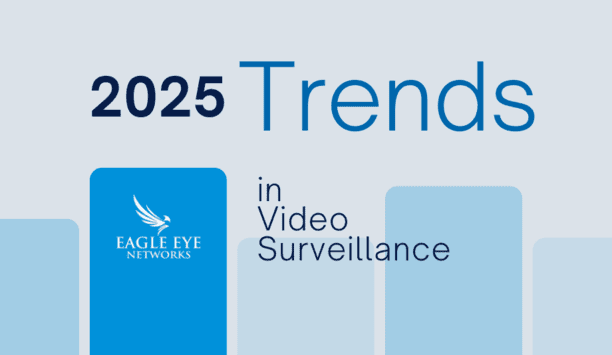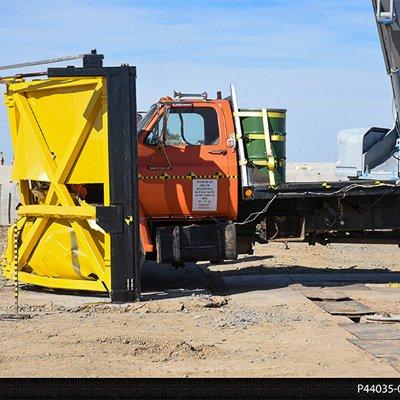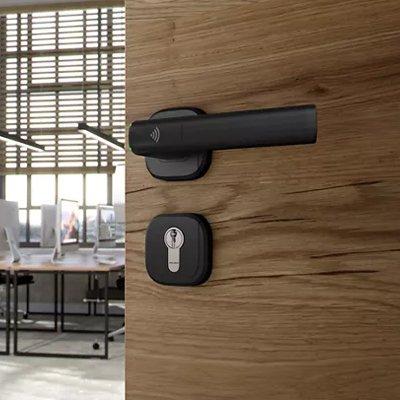Casino operators are among the most pro-active and demanding users of CCTV surveillance. IP Video systems are an ideal solution for this industry, but it's important to specify a well-designed system warns Oliver Vellacott, IndigoVision's CEO.
A quality casino surveillance system is an essential business tool used to resolve gaming disputes, monitor public safety and detect fraud, cheating and theft. The very nature of the gaming environment where patrons and staff intermingle and handle large sums of money demands that the video system delivers the best quality video available in terms of both image quality and frame rates.
An IP Video system that delivers these essential elements also adds other dimensions to the surveillance operation by providing analytical search tools and features such as instant recall of recorded video. In addition, the use of IP Video technology allows any component in the system to be located anywhere on the network. This gives large casinos the flexibility to easily and cost-effectively integrate CCTV surveillance into their operations and establish off-site control rooms or monitor multiple sites from one central point.
High-quality, full frame rate video
It is a given that casinos demand the highest standard video quality. In order to detect sleight of hand or subtle scams, full frame rate live viewing and review of recorded footage is essential. Any lowered frame rates, dropped frames or jerky stop-start video make the system unusable when trying to track hand movements and cash or chips changing hands.
Leading end-to-end IP Video surveillance systems can stream and record high resolution video continuously at 30fps, whereas some less capable, poorly specified systems can only achieve this performance under ideal conditions, for example when there is limited video motion. The gaming environment is a high motion, 24/7 operation; the surveillance system needs to be performing to these high standards at all times.
Fault tolerance, redundancy, diagnostics and hardware monitoring
Casinos and Gaming Commission regulators require a high level of fault tolerance and redundancy for different but related reasons. Gaming Commissions insist that all active gaming tables are recorded and in compliance a casino operator is obliged to close a table that is not being recorded. The inconvenience, revenue loss and possible penalties mean that casinos need a high level of fault tolerance and redundancy to minimize downtime.
In the event of a failure an immediate failover component must be available thus eliminating downtime. Analogue CCTV systems often employed banks of VCR or DVR "standbys" in case of failure. However, this approach required an analogue switcher to reroute the video signals to the standby units. It was not feasible to wire all cameras into a standby system so some intelligence within an analogue system was required to detect a VCR/DVR failure and reroute the video signal. Unfortunately not many systems like this were available so it was usually done manually.
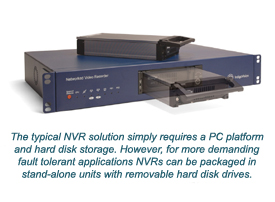 In stark contrast a well-designed IP video system can eliminate table downtime due to a Networked Video Recorder (NVR) failure by multi-streaming the camera video to both a primary and a secondary NVR simultaneously. Alternatively the video recording can be automatically assigned to other NVRs in the system when a primary NVR fails. NVRs can be located at any point on the system and have redundant power supplies and network connectivity that eliminates any single point of system failure.
In stark contrast a well-designed IP video system can eliminate table downtime due to a Networked Video Recorder (NVR) failure by multi-streaming the camera video to both a primary and a secondary NVR simultaneously. Alternatively the video recording can be automatically assigned to other NVRs in the system when a primary NVR fails. NVRs can be located at any point on the system and have redundant power supplies and network connectivity that eliminates any single point of system failure.
In the event of any failure and a failover to a redundant part, a quality IP video system will also have an alert and reporting system that will clearly identify the problem and prompt remedial action.
Advanced review facilities
IP Video technology has enhanced the way users can search and use recorded video footage. The casino surveillance team can review a dispute at a table with an instant recall of the camera in question and the last few minutes of footage. Key features including easy camera selection based on real world names or overlay map reference and "instant replay" facilities enable an operator to get to the footage quickly and resolve the dispute.
In cases of fraud, theft, possible terror activities and public liability claims sophisticated analytics can be employed to quickly search and find the incident. Scene changes, activity in a particular area or directional movement can be targeted as search criteria.
"Thumbnail" search enables operators to display snapshot frames of varying intervals to quickly sift through large amounts of footage and target the relevant video clip.
Fine review features
The nature of many reviewed incidents in gaming can hinge on a few frames of information. The facility to review full frame rate footage in forward and reverse, in real time, at slow speeds and frame-by-frame are absolutely necessary to home in on the evidence needed. 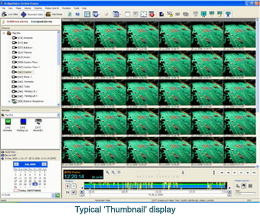 Additional digital zoom facilities to enhance the subject in question are also an important feature for any IP Video system.
Additional digital zoom facilities to enhance the subject in question are also an important feature for any IP Video system.
No latency
Traditional analogue CCTV systems have historically performed better compared to IP Video systems with video transmission latency. Live video surveillance can sometimes be hampered when video latency is so high that joystick control is out of sync with camera movement. This has been an issue and has hindered the proliferation of IP Video into pro-active video surveillance environments such as casinos.
Competent IP Video systems eliminate latency by using proprietary codec designs and advanced digital video compression techniques coupled with good network infrastructure.
Supervisor investigation
Many security breaches regrettably involve collusion from security staff – the ‘inside job’. This provokes the age old question: “who watches the watchers?” The issue with this is that CCTV operators, having more visibility of security operations than anyone else, can detect when they are being investigated and halt any illegal activity for the duration.
High-end IP Video systems provide what is often called the ‘Supervisor Mode’. This allows an outside investigator to record and control cameras without the CCTV operator being aware that they are doing so.
Hybrid systems and migration
Over 85% of casinos still use analogue and VCR systems with significant investment having been made in equipment and coax wiring. A good IP Video system will provide the necessary components to allow a step-by-step upgrade to digital as budgets allow, thereby creating a hybrid system during the migration to digital. This is achieved using transmitter/receiver modules that are connected to the existing cameras and convert their analogue video to MPEG-4 or H.264 compressed digital for transmission over the network. The modules can also be used to convert the digital video back to analogue for display on existing TV monitors.
Importantly, this approach can also allow a ‘hot transition’, whereby the digital system is installed in parallel with the existing system and no camera feeds are lost while the system is commissioned and tested.

Dr Oliver Vellacott
CEO
IndigoVision Group plc










